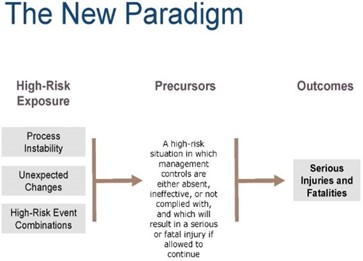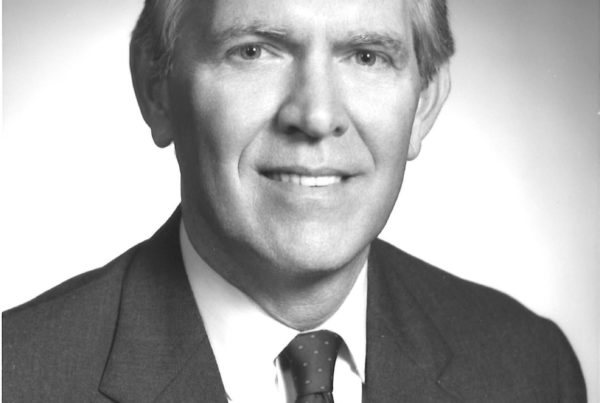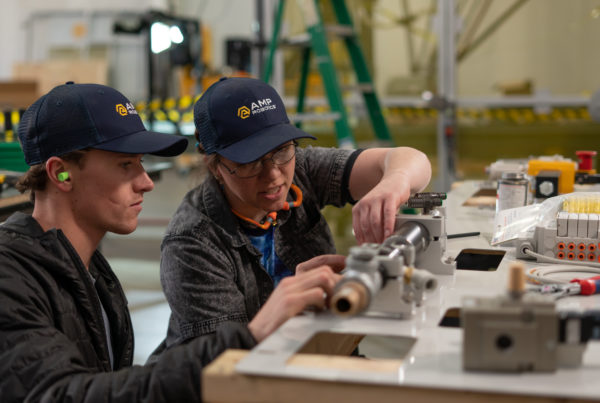Krause Bell Group’s White Paper on Significant Injury and Fatality Prevention
This week’s Industry Voices is a White Paper from Krause Bell Group on Significant Injury and Fatality Prevention.
In 2010, Tom Krause and Kristen Bell noticed a concerning trend in injury rates. While overall injuries continued to decline, fatalities had plateaued and were starting to trend upward. This brought into question the predictiveness of Heinrich’s Safety Triangle which suggested controlling injuries at the bottom of the triangle had a direct impact on the more serious injuries at the top of the triangle. A new SIF prevention paradigm showed that only a limited number of less serious injuries have the potential for more significant outcomes. The new understanding of Heinrich’s model enables more focused analysis on the conditions which lead to SIF incidents.
The inaccuracies of the old paradigm, all injuries have equal potential, has been detrimental to reducing SIF incidents. It has resulted in the elevation of trivial issues, creative classifications of injuries, loss of credibility with labor organizations, cynicism among workers and ineffective serious injury and fatality prevention. These unintended consequences directly influence the workplace culture.

The new paradigm acknowledges there are different precursors to SIFs than there are to non-SIF injuries. The research also shows that a more focused attention on SIFs has a direct correlation on the reduction of all injuries.
A leaders’ focus on the potential for SIFs is foundational in helping an organization improve organizational functioning and achieve sustainable safety performance improvement. This requires the identification of precursors that lead to high potential events and near misses that lead to SIF events. The effects of this new approach are both better safety risk management and an enhanced safety culture resulting in:
- More focused effort on the prevention of serious injuries.
- Credible leaders able to stimulate a more engaged workforce.
- Greater alignment with the role of labor organizations.
- Lower rates of serious injuries and all injuries.
If leaders want to change the culture in their organizations their primary challenge is to find the connections between what you say and what you don’t say, what decisions you make, what you emphasize, and the effect these things have on the people and thus culture of your organization.
An effective SIF prevention program relies on Leaders aligning the organization on a SIF prevention mindset and building the organizational systems and capability to assess and resolve underlying SIF precursors and risk amplifiers. Maintaining consistent SIF prevention values, belief and behaviors provides the opportunity to create an engaged, collaborative, and focused culture whereby all levels of the organization see their role in SIF prevention. Leadership stimulates safety improvement, but culture sustains performance.









